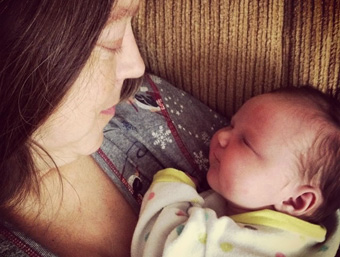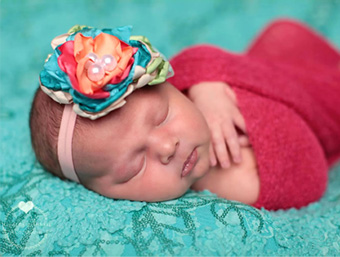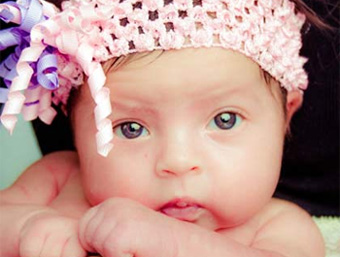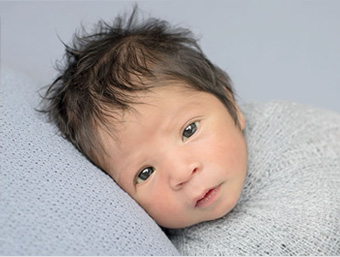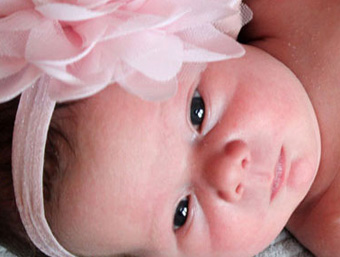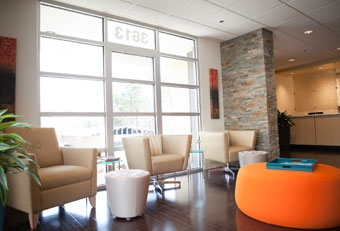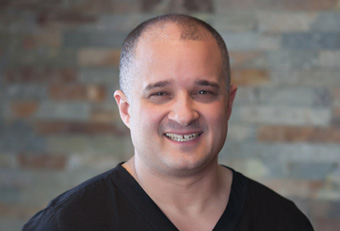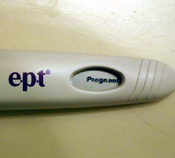 The tubal reversal doctors at A Personal Choice performed the first reversal procedure after Adiana tubal sterilization on February 6, 2009. Today they report the success of the operation as confirmed by a positive pregnancy test submitted by the patient,Tina D., via her Pregnancy Report Form.
The tubal reversal doctors at A Personal Choice performed the first reversal procedure after Adiana tubal sterilization on February 6, 2009. Today they report the success of the operation as confirmed by a positive pregnancy test submitted by the patient,Tina D., via her Pregnancy Report Form.
The Adiana Sterilization Method
The Adiana procedure uses radio frequency energy to block the fallopian tube in its interstitial segment within the uterine muscle. Adiana was approved for clinical use in the US in July 2009. During the procedure, the doctor inserts a device through the cervix and into the uterine cavity. A small insert is placed inside the opening of each tube and radio frequency energy is used to stimulate the formation of scar tissue within the narrow portion of the fallopian tube in the uterine muscle (the interstitial segment of the tube). The Adiana system is similar to the Essure sterilization method in being a non-surgical female sterilization method that can be performed as an office procedure to promote scarring and tubal blockage.
History of Tina’s Adiana Sterilization
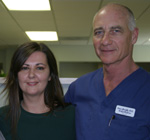 Tina is 35 year old mother who had an Adiana tubal sterilization after the birth of her second child. She was 29 when she decided to participated in a clinical trial to test this new female sterilization procedure.
Tina is 35 year old mother who had an Adiana tubal sterilization after the birth of her second child. She was 29 when she decided to participated in a clinical trial to test this new female sterilization procedure.
Like many other women who undergo tubal sterilization, Tina did not think she would ever want to become pregnant again. When her son died in a tragic accident, however, things changed suddenly for her and her family.
Tina was advised by her doctor that the Adiana procedure was permanent and could not be reversed as stated by the manufacturer of the device, and that the only treatment that could help her would be in vitro fertilization. However, because of her determination to find a way to have another baby naturally, she researched tubal reversal doctors on the internet and found out about Dr. Berger. Even knowing that this sterilization method had not ever been reversed previously, she decided to come to A Personal Choice for reversal surgery.
Assisted by Dr. Charles Monteith, Dr. Berger performed bilateral tubal implantation for Tina. Although this operative technique had not previously been used specifically for Adiana reversal, it has been successful in treating tubal blockage in the area of the tubes where the Adiana procedure had caused scarring of Tina’s fallopian tubes.
Significance of Adiana Tubal Reversal
This surgical procedure performed by Dr. Berger and Dr. Monteith for Tina is another advancement in the field of reproductive surgery and infertility to come from A Personal Choice. Tubal ligation reversals have been performed for years, but the Adiana procedure, which is said to be non-reversible by the company that makes it, has not been successfully reversed before now.
Tubal reversal surgery is the best treatment for women who want to have more children, due to divorce, loss of a child or have just changed their mind, after a tubal sterilization. This advance in reproductive surgery allows women to be able to conceive naturally, after having the Adiana procedure. IVF is no longer the only option for women who have come to regret their tubal ligation and want to have another baby.


